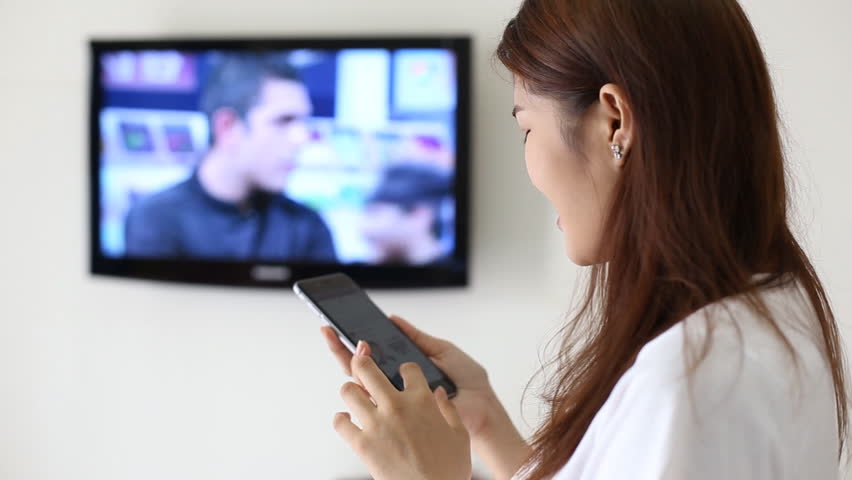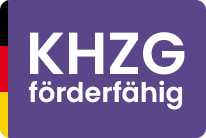Engaging patients can be a real struggle for healthcare providers. Nonetheless, patient engagement is essential to managing health and wellness of communities and populations. And now, healthcare providers are starting to realize the importance of patients engagement.
To ensure a fast implementation of patient engagement, healthcare providers are turning to technology to reach patients. Healthcare IT solutions give patients the option to better interact with their care teams and even with each other. Experience has also shown us engaging patients improves operations for healthcare organizations.
Have we convinced you of the importance of patient engagement yet?
Implementing Technology to Engage Patients
Many healthcare providers are already persuaded by the benefits of patient engagement. For their patients and their own organization. They are now looking for ways to successfully leverage healthcare IT solutions in their delivery system.
However, they often run up against patients who don’t have the skills or confidence to use these technologies. Most patients need guidance to properly manage their own health effectively. Which often leads them to becoming frustrated and disengage. “Total opposite of what healthcare providers are trying to achieve”, says Bart Dolsma, European Business Developer at Remedi.
“We know giving patients access to their own data and providing them with the right kind of healthcare technology solutions empowers them. In general, empowered and informed patients are better equipped to interact with their caregivers. This ultimately improves their health and healthcare outcomes while reducing costs for the provider at the same time,” Dolsma says.
Patient Engagement Beyond the Hospital
Informed patients are more likely to take better care of themselves. They tend to make better lifestyle choices that support their health and well-being. And they are more likely to choose appropriate treatments to promote continuing self management.
Patients who approach their health the right way can connect with their caregivers. And actively participate in decisions about their own health and care. Hospitals can adopt different healthcare technology solutions like patient entertainment systems and wearable devices to improve patient engagement. But there are even many mobile and home monitoring devices that continu patient engagement after patients leave the hospital.
These devices capture many different types of patient health data. Weight, blood pressure, pulse, oxygen saturation, blood glucose and cholesterol data for example. More healthcare technology devices for healthcare providers and at home are being developed as we speak.
Dolsma says, “using the right healthcare technology solutions offers both patients and caregivers access to the collected data. Patients can better manage symptoms or conditions when they have access to data collected by various devices. It also helps them contribute to the decision making process and improve their overall health.”
Another way to work on patient engagement is letting patients communicate with their care team through secure e-mail. Or what about conducting online healthcare transactions or evaluating different healthcare options.
Engagement Among Patients
Healthcare technology solutions not only strengthen the connection between patient and care giver. But between patient and patient as well. Patients can engage with each other, gain advice and share experiences.
This is the ultimate form of patient engagement. You can imagine how much getting advice from others with similar conditions empowers patients. Patient engagement is about online communities. Communities in which care givers and patients unite.
Technology in healthcare not only makes it easier for patients to connect and interact with their care team and other patients. It also helps them better understand and manage their health. Better health management reduces costs for healthcare organisations and improves operational efficiency.
“Patient engagement is important for both patients and healthcare providers. Informing, engaging and empowering patients has a positive effect on the population’s well-being. But it also reduce unnecessary hospitalisations and use of the emergency department.
It will prevent the great amounts of unnecessary re-admissions and help better manage complex health problems. Strategies can be identified more easily and unnecessary costs reduced. An overall improvement of the population as a result,” Dolsma adds.
Healthcare technology offers an enormous opportunity to use innovation to support conscious and healthy living. Patients are engaging and becoming empowered in their own health and care. In the end, both patients and healthcare providers enjoy major benefits.









